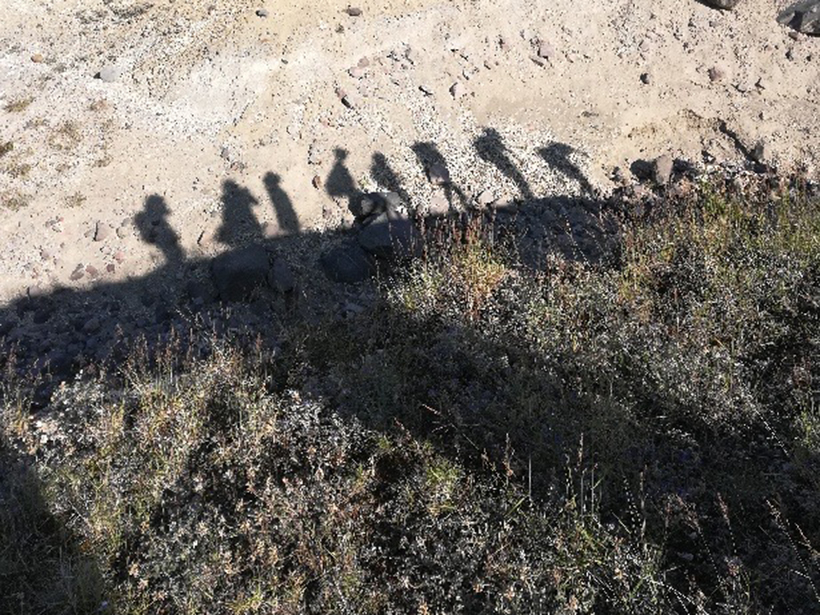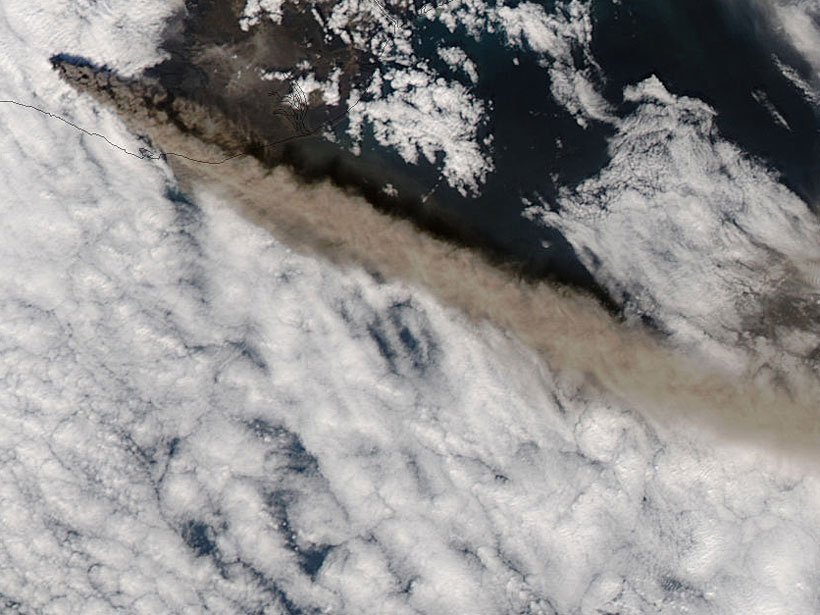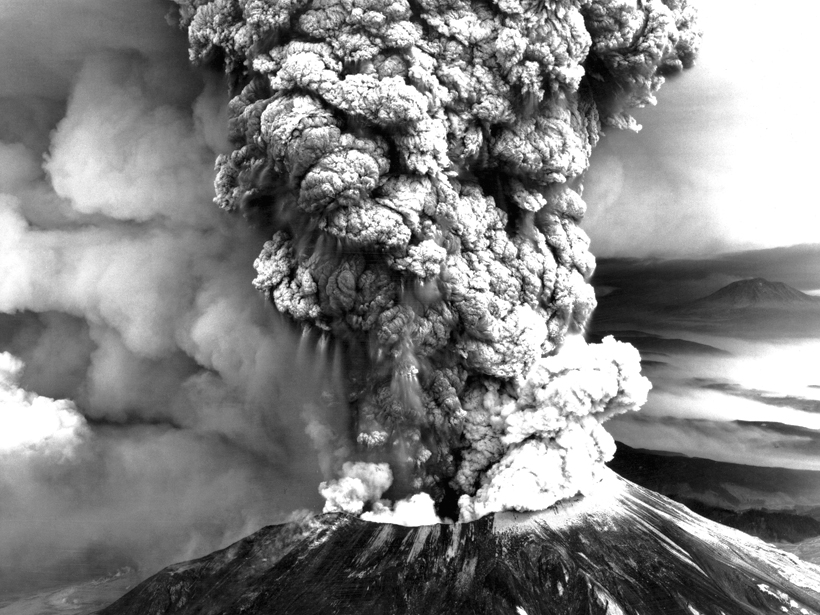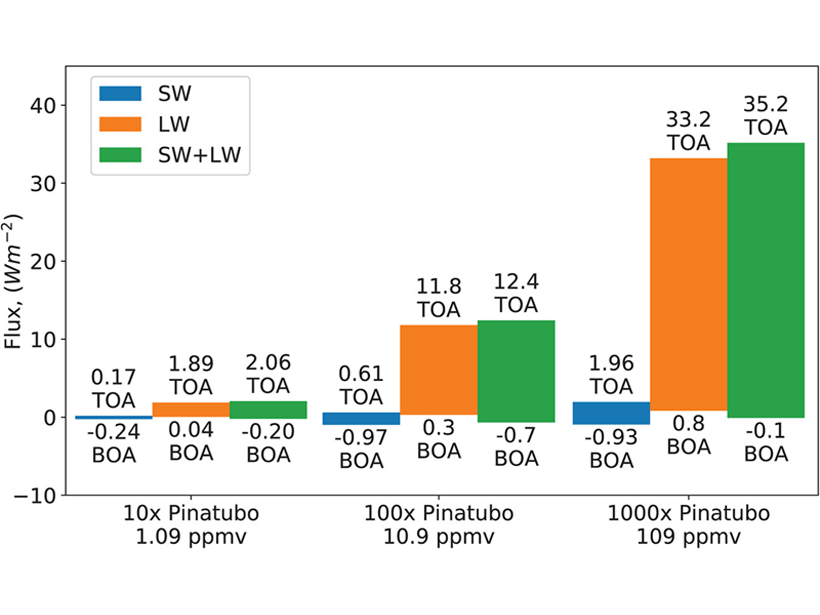Lightning on Earth needs just a few simple ingredients to generate a spark. Those ingredients exist throughout the solar system and beyond.
volcanoes
GeoGirls: Confidence Erupts from a Camp at a Volcano
Summer camp at Mount Saint Helens empowers girls with science, confidence, and fun.
Are Cosmic Rays a Key to Forecasting Volcanic Eruptions?
A combination of relativistic particles and artificial intelligence may provide a new way to forecast when a volcano could erupt.
The Art of Volcanic Ash Modeling 10 Years After Eyjafjallajökull
The ash plumes from the eruption of the Icelandic volcano in 2010 disrupted air travel in Europe for several weeks. Since then, scientists have developed models to mitigate ash’s impacts.
Satellite Sleuthing Detects Underwater Eruptions
Satellite data helped scientists locate the volcanic source of a pumice raft floating in the South Pacific Ocean, illustrating their promise in locating and monitoring undersea eruptions.
Podcast: Et Tu, Etna?
Global environmental calamity followed the death of Caesar. The source may have been a volcano in Sicily.
U.S. Readies Health Response for the Next Big Eruption
Forty years after the explosive eruption of Mount St. Helens, scientists, communities, and civic officials are evaluating plans to best protect public health before, during, and after an eruption.
The Overlooked Role of Sulfur Dioxide Emissions from Volcanoes
Volcanoes can warm as much as they cool. Prior simulations have neglected the important warming effects of sulfur dioxide emissions, making some results colder than they should be.
Implications of a Supervolcano’s Seismicity
Last year’s rumblings beneath New Zealand’s Taupō supervolcano, the site of Earth’s most recent supereruption, lend new urgency to research and outreach efforts in the region.
Climbing the Occasionally Cataclysmic Cascades
Living in Geologic Time: Every one of the Pacific Northwest’s volatile volcanoes is likely to erupt again before the range goes extinct.










